Hey man, think you’re a manly man? Well, now you can put your manliness to the ultimate test in a clever little push-your-luck microgame called ‘Dungeon of Mandom’ from Japanese publisher Oink Games.
The premise of ‘Dungeon of Mandom’ is pretty straightforward. 2-4 players dare each other to enter a monster-filled dungeon with the least equipment possible. The goal is to either send one of your opponents to his or her doom, or to set up the adventure in your favor so that you can come out on top and be the talk of the tavern.

Few have perfected the art of making tiny elegant things quite like the Japanese, and ‘Dungeon of Mandom’ is just another example of this fact. The game comes in a slick black box with red lettering. The box is actually shorter than my iPhone 5. (Its dimensions are 110mm x 65mm x 20mm.) Inside are just a handful of components: 7 Cardboard Tiles, 13 Monster Cards, 4 Player Aids, and a Rules Booklet. While the Tiles and Monster Cards are English-friendly, the rules are entirely in Japanese. Fortunately, you can find an English translation on Board Game Geek, although to be honest the game is so simple you probably don’t even need it.
Setting up the game takes less than a minute. First, the seven Tiles are placed in the center of the play area. They consist of a hero with 3 base hit points, a shield and suit of armor that increase the hero’s hit points, and four other items (a vorpal sword, a torch, a dragon lance, and the Holy Grail) that can help the hero ignore damage from specific types of monsters. The deck of 13 Monster Cards is then shuffled and placed face down next to the Tiles, forming a draw pile. Finally, each player is given one of the Player Aid cards which list the monsters and their vulnerabilities. These aids are also used to keep scores over several rounds. Basically, you flip your card when you win a round, and if you flip your card twice you win the game.
On your turn, you can do one of two things: draw a monster card or pass. Passing removes you from a round, keeping you safe from harm, but could also mean handing over victory to someone else. If you choose to instead draw a card, you secretly look at it and can either place it face down in the dungeon stack (the monsters you will have to face at the end of the round) or place it face down in front of you and then remove one of the available equipment Tiles from the game. Play continues clockwise until all players have passed except one — and this poor soul has to face all the Monster Cards in the dungeon stack with whatever equipment is remaining.
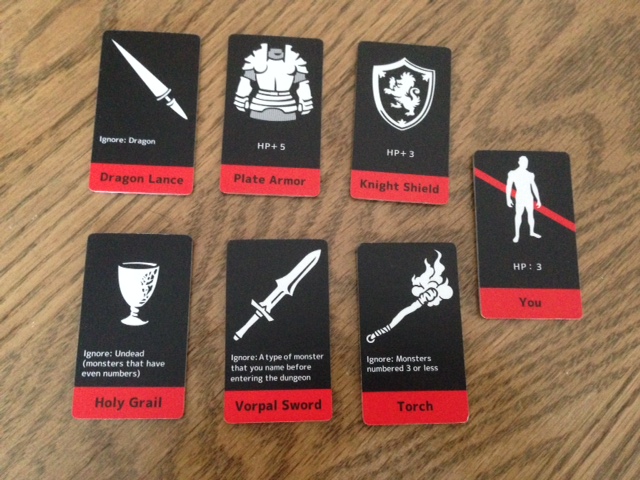
Facing a monster simply means drawing the top card of the dungeon stack and seeing if it damages you or not. Each monster has a numerical value and may also have icon(s) showing what equipment it’s vulnerable against. When a monster is revealed and it features an icon of one of the remaining pieces of equipment, then you have successfully overcome that monster and receive no damage. Otherwise, the number is applied to you in damage and the next monster is drawn. If you can survive every monster in the stack, you win the round. Failing means losing the round, and losing twice eliminates you from the game. The first player to either survive the dungeon twice (or be the only player left) is the ultimate victor.
I first heard about ‘Dungeon of Mandom’ last year, but it slipped off my radar until about a month ago when a friend of mine brought it over as an opener to game night. We played six rounds in half an hour, and it was so much fun that I sought out my own copy the very next day. Truthfully, there isn’t a whole lot to the game, but its minimalist design somehow works to its advantage, and its tiny size makes it easy to take with you virtually anywhere.
The only real downside to ‘Dungeon of Mandom’ is that, as a product from Japan, the game can be hard to track down, and when you do it can be pretty pricey. My copy cost me close to $30 shipped — which is a lot considering that the game is really just a handful of cards/cardboard tiles. For me, though, the amount of use I’ll get out of it makes it worth every penny.
A U.S. release called ‘Welcome to the Dungeon’ from Iello Games will be available at the end of April for about a third of the price. This version apparently has four different heroes, but it will come in a much bigger box. I personally prefer the simplicity and artwork in the Japanese edition, but to each his own.

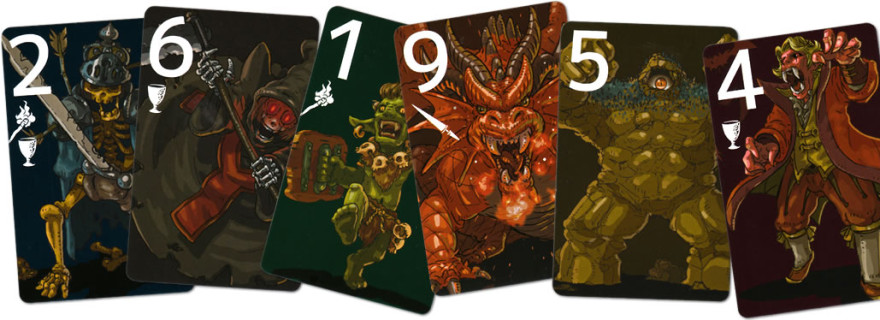

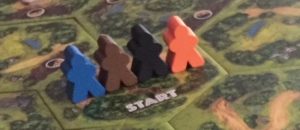
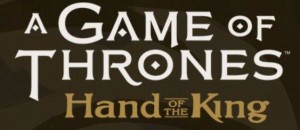
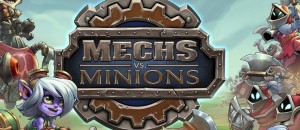
Krawk
The 80’s geek in me is oohing and aahing the monster cards.
It’s been way to many years to remember playing, but I still to this day stay current on D&D products.